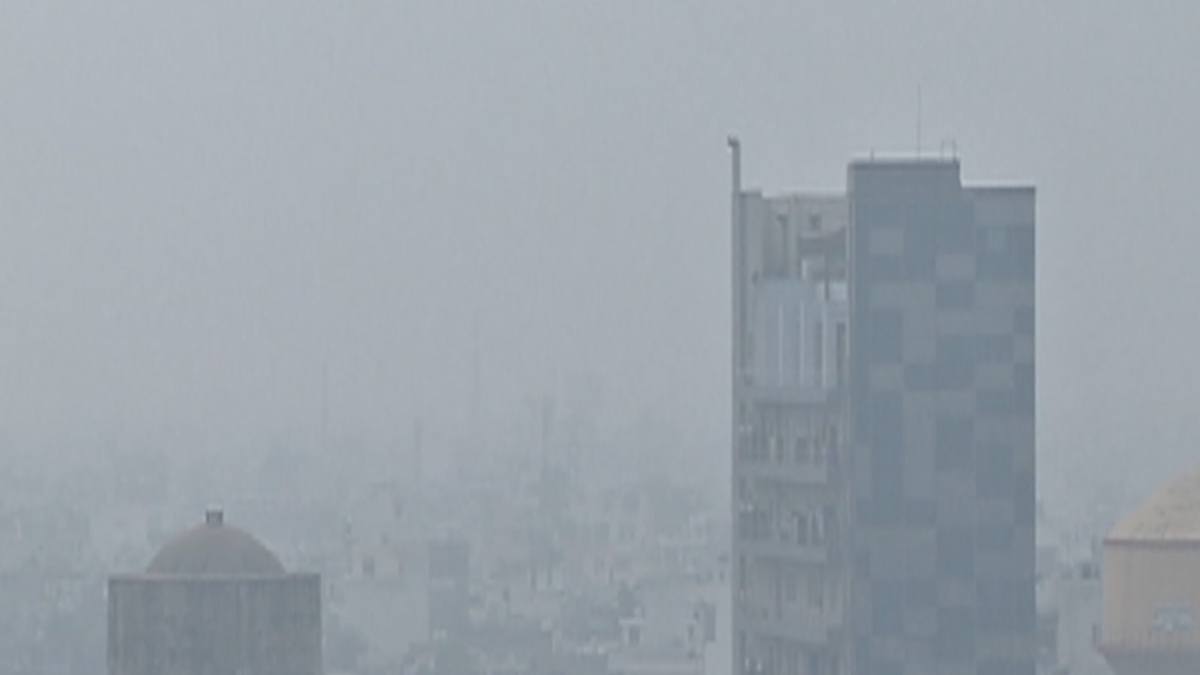
The air quality in Delhi and the NCR region has remained distressingly poor over the past month, with many areas reporting an Air Quality Index (AQI) exceeding 400 on Monday morning.
The deteriorating pollution levels have made breathing increasingly challenging for residents, with a slight improvement noticed over the weekend quickly reversing as pollution soared back to the ‘severe’ category on Monday.
Alarming AQI Levels Recorded
According to the Central Pollution Control Board, the AQI stood at 402 in Anand Vihar, 419 in RK Puram, 437 in Punjabi Bagh, and 435 in ITO at 7 am on Monday. Other areas also registered high pollution levels: Indira Gandhi Airport at 376, Lodhi Road at 347, Rohini at 422, Okhla at 413, Alipore at 417, and DU North Campus at 424, all falling within the ‘serious’ category.
Hope Amidst Weather Changes
The Meteorological Department predicts partly cloudy skies on Monday with the possibility of light rain and drizzle in various areas. Delhiites are eagerly anticipating relief from pollution due to the anticipated rainfall, which may also bring a drop in temperature by up to four degrees Celsius. Consequently, the maximum temperature is expected to be around 22 degrees Celsius, with the minimum around 12 degrees Celsius.
Understanding AQI Categories
As a reminder, AQI levels range from zero to 500, with ‘good’ falling between zero and 50, ‘satisfactory’ between 51 and 100, ‘moderate’ between 101 and 200, ‘bad’ between 201 and 300, ‘very poor’ between 301 and 400, ‘severe’ between 401 and 450, and ‘very severe’ between 451 and 500.
Causes of Escalating Pollution
An analysis by the Center for Science and Environment (CSE) points to non-compliance with emission standards by thermal power plants in the Delhi-NCR region as a primary factor contributing to the worsening air quality. The CSE’s study focuses on pollutants like nitrogen oxides and sulfur dioxide emitted from 11 thermal power plants in the area, citing that these persistent sources contribute to approximately eight percent of PM2.5 pollution in Delhi-NCR.
Challenges in Compliance
Despite multiple deadline extensions and revised classifications by the Union Environment Ministry, several plants are struggling to meet prescribed norms for emissions of nitrogen oxides, sulfur dioxide, and particulate matter. The Ministry›s stringent emissions standards, initially set in December 2015 and later extended by five years except for Delhi-NCR, were intended to be complied with within the specified timelines, highlighting the pressing need for enhanced adherence to pollution control measures.















